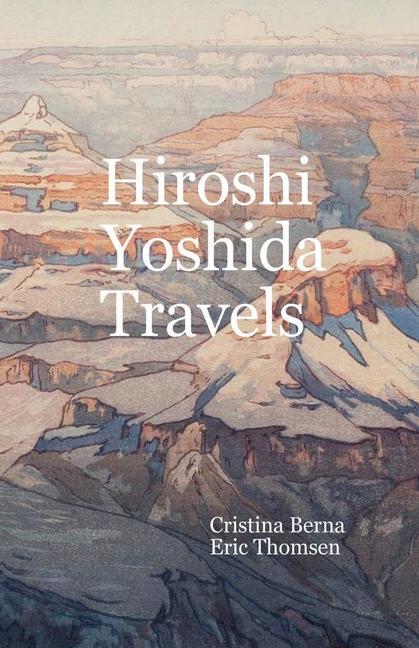Description
Hiroshi Yoshida (吉田 博, Yoshida Hiroshi, September 19, 1876 - April 5, 1950) was a 20th-century Japanese painter and woodblock printmaker. Along with Hasui Kawase, he is regarded as one of the greatest artists of the shin-hanga style, and is noted especially for his landscape prints. Yoshida made numerous trips around the world, with the aim of getting to know different artistic expressions and making works of different landscapes. He traveled widely, and was particularly known for his images of non-Japanese subjects done in traditional Japanese woodblock style, including the Taj Mahal, the Swiss Alps, the Grand Canyon, and other National Parks in the United States.
Yoshida was known to be meticulous about the process and quality of his finished prints. He did not give his prints the "seal of approval" or the stamp of his name, "jizuri" (self-print), unless he was extremely satisfied with the end result. In 1925, he hired a group of professional carvers and printers, and established his own studio. Prints were made under his close supervision. Yoshida combined the ukiyo-e collaborative system with the sōsaku-hanga principle of "artist's prints", and formed a third school, separating himself from the shin-hanga and sōsaku-hanga movement. At the age of 73, Yoshida took his last sketching trip to Izu and Nagaoka and painted his last works The Sea of Western Izu and The Mountains of Izu. He became sick on the trip and returned to Tokyo where he died on 5 April, 1950, at his home.
Product Details
- May 28, 2025 Pub Date:
- 718776054X ISBN-10:
- 9787187760545 ISBN-13:
- English Language




